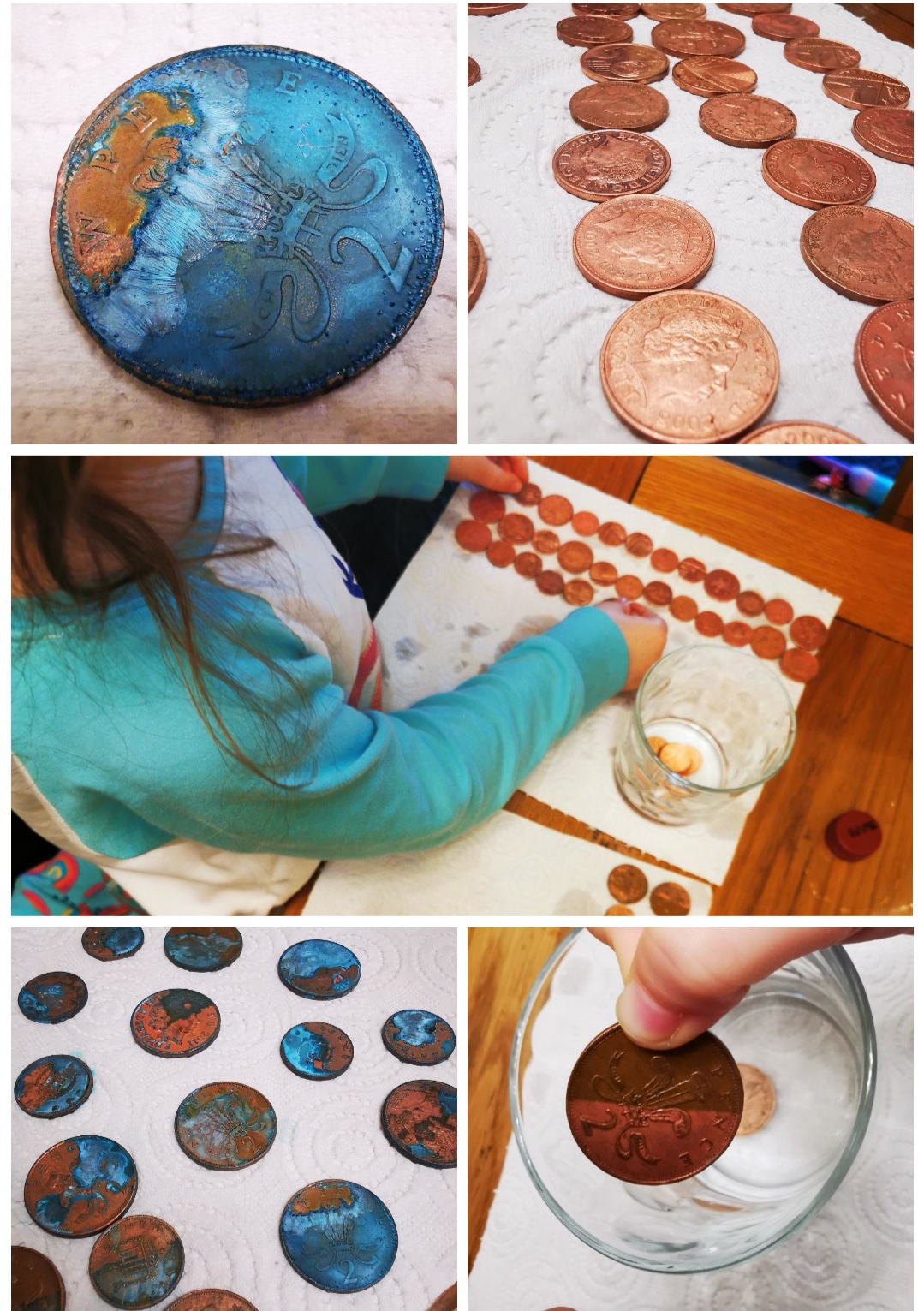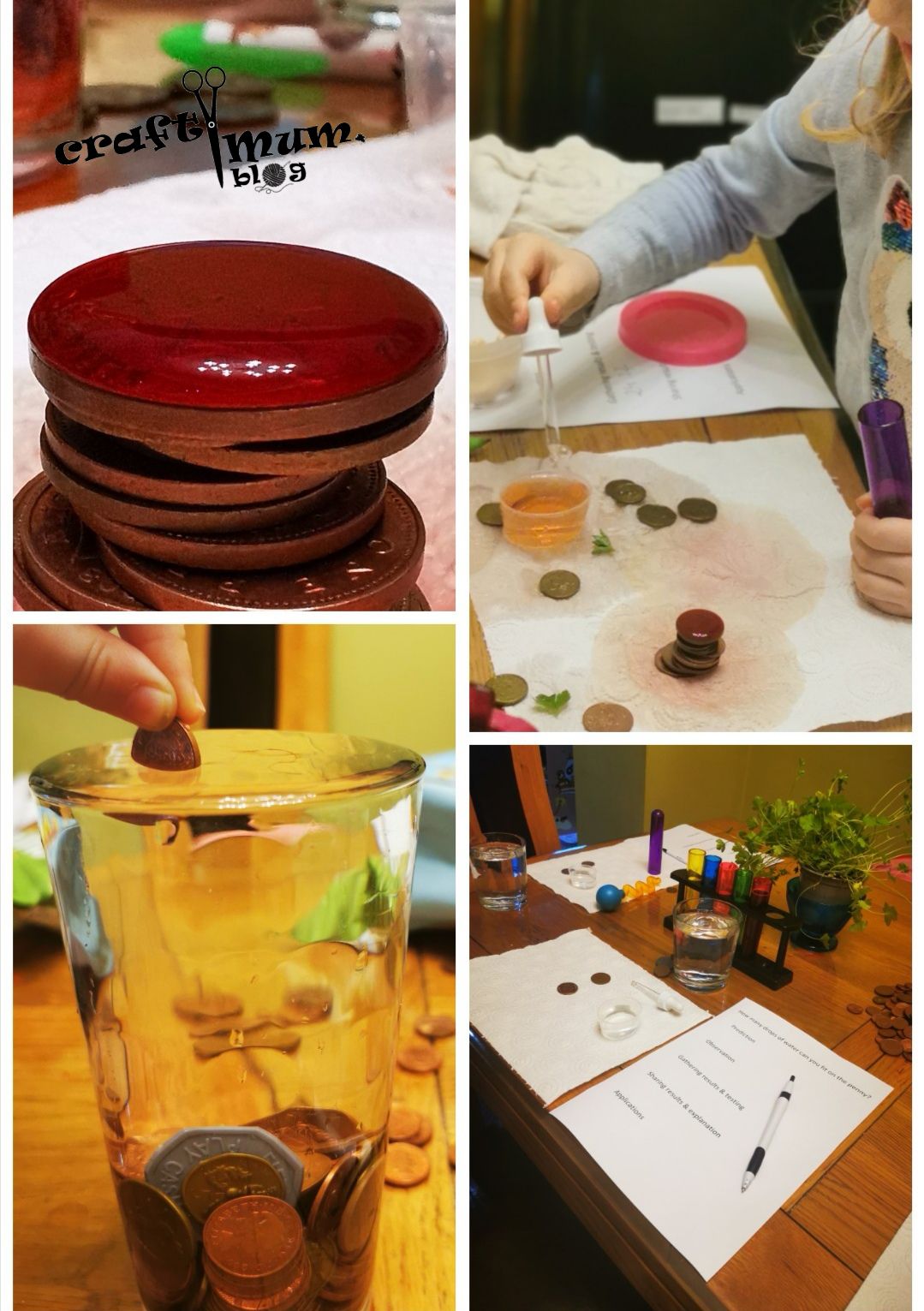-
Oil & water experiment

Travelling coloured water experiment Introduce kids to density with this mesmerising simple experiment. All you need is water, food colouring, oil and two glasses. In 3 spoons of oil mix a few drops of food colouring. Then pour the mixture in water and watch how the colors mix with the water. Hypothesis/Question: Do oil and…
-
Coloured pasta butterflies or bows
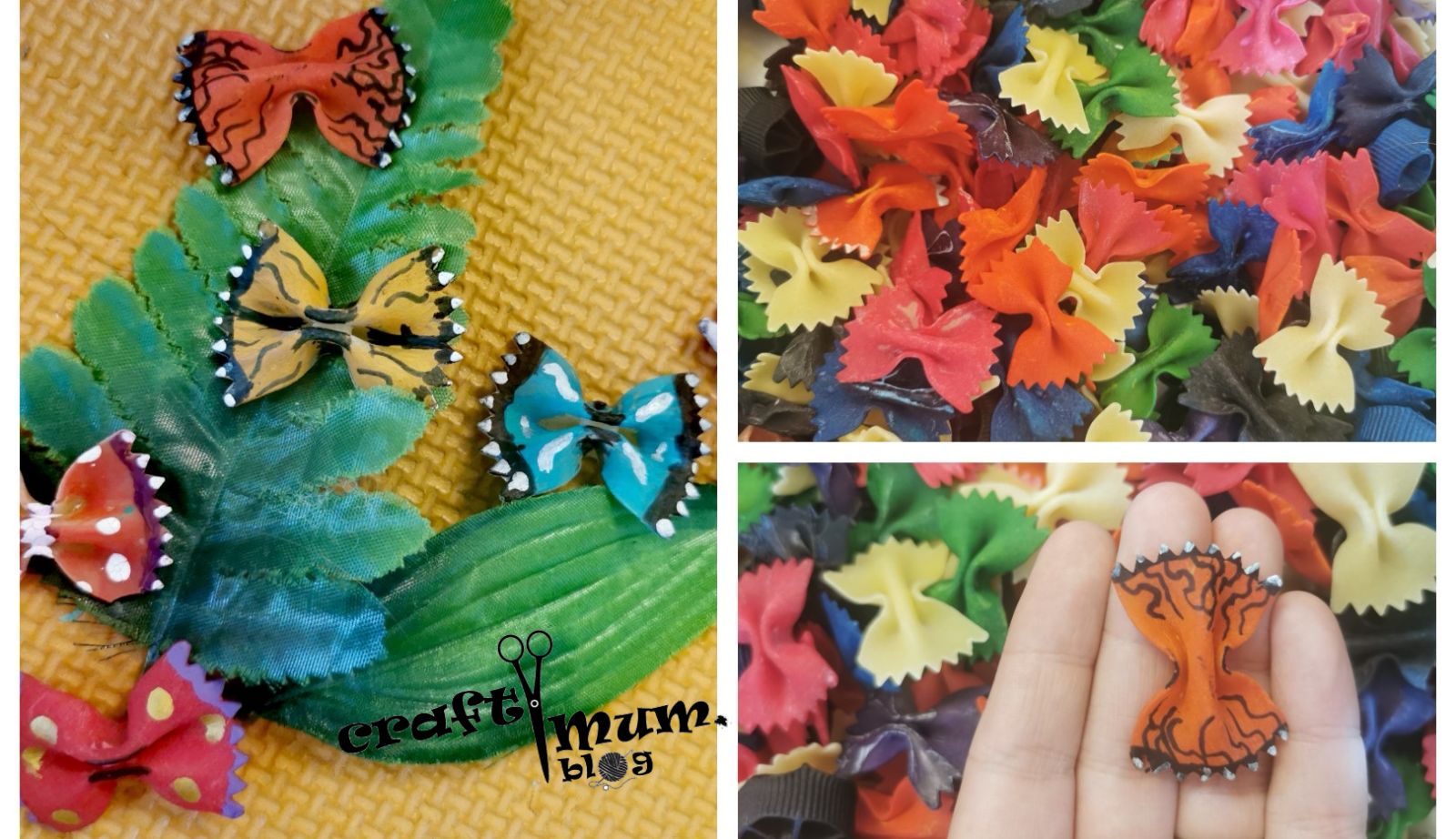
Using this technique dye your pasta and dry it. Then with acrylic pens paint different butterflies. Teach the kids the different types and characteristics when painting them. My little one really likes the Monarch.
-
Glitter water surface tension experiment
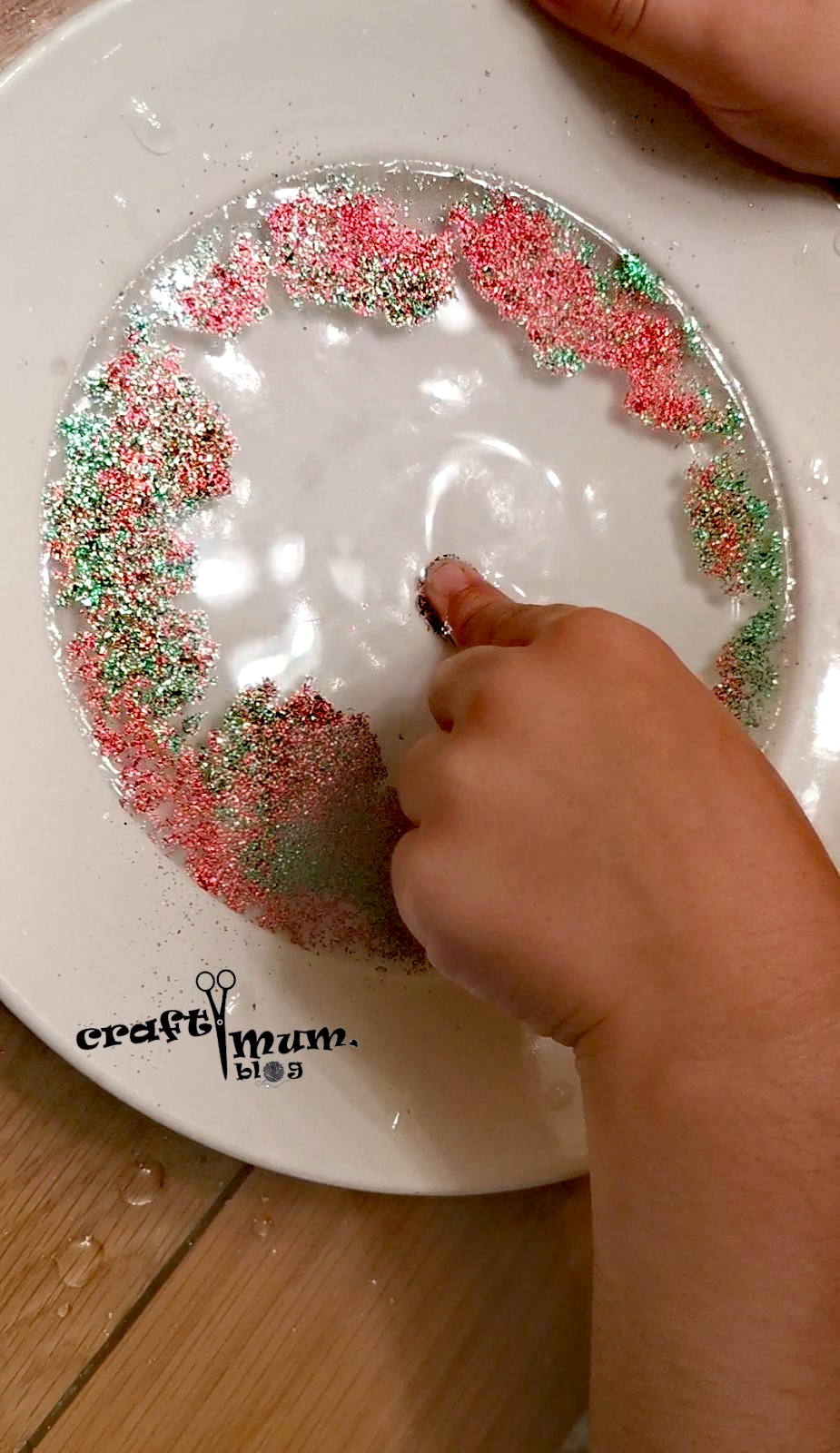
Very short and easy experiment to explain surface tension to kids. Pour water on a plate, sprinkle glitter on top, dip finger in dish soap and watch the glitter floating away from the finger. Why: water molecules cling toghether and they arrange themselves to create a force/energy called surface tension. Glitter does not mix with…
-
Candy DNA
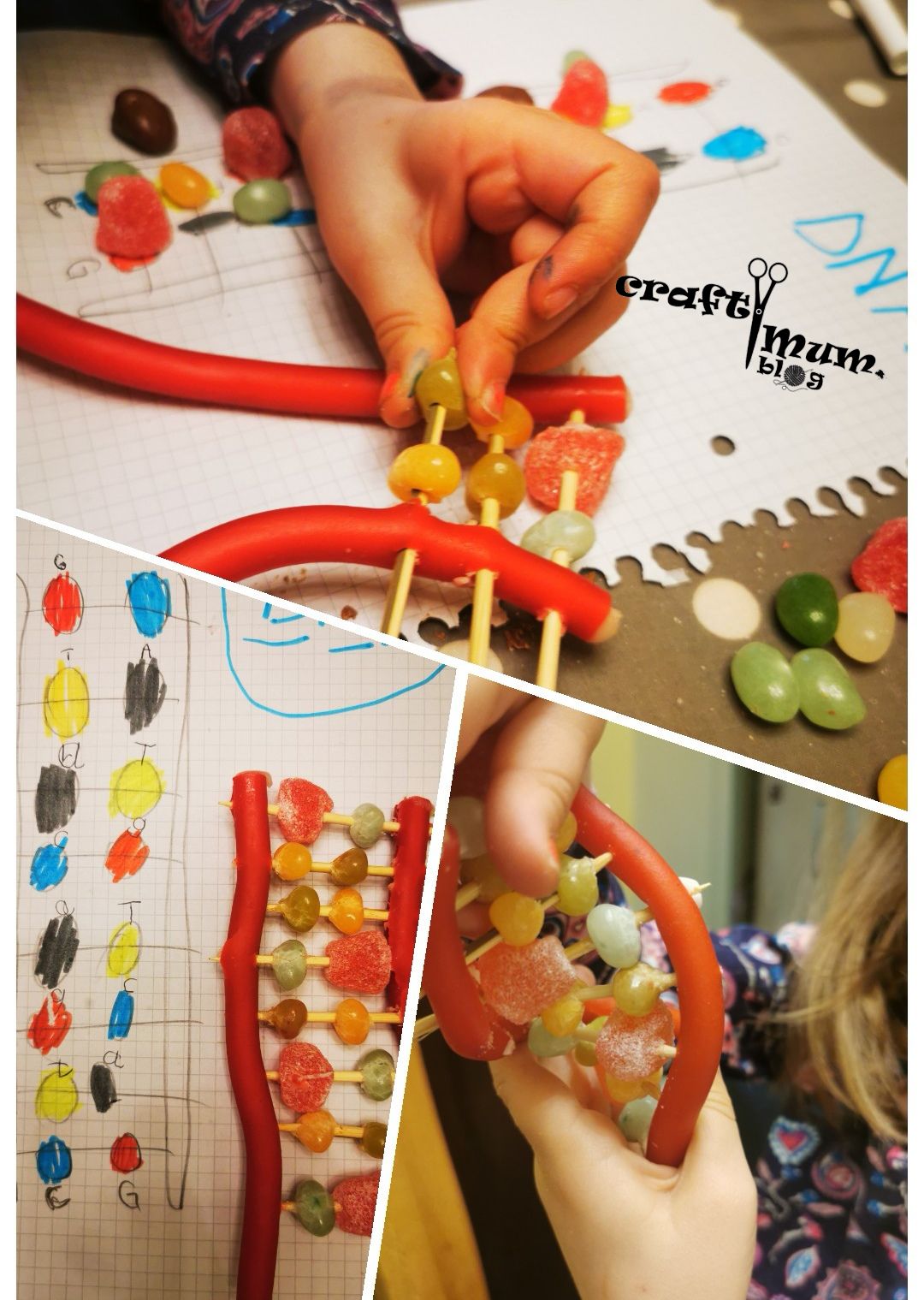
Make a DNA model out of candy and toothpicks. Warning: kids might eat more than their daily ratio. Explain what DNA and teach them about its structure and sequencing.
-
Water cycle in a bag
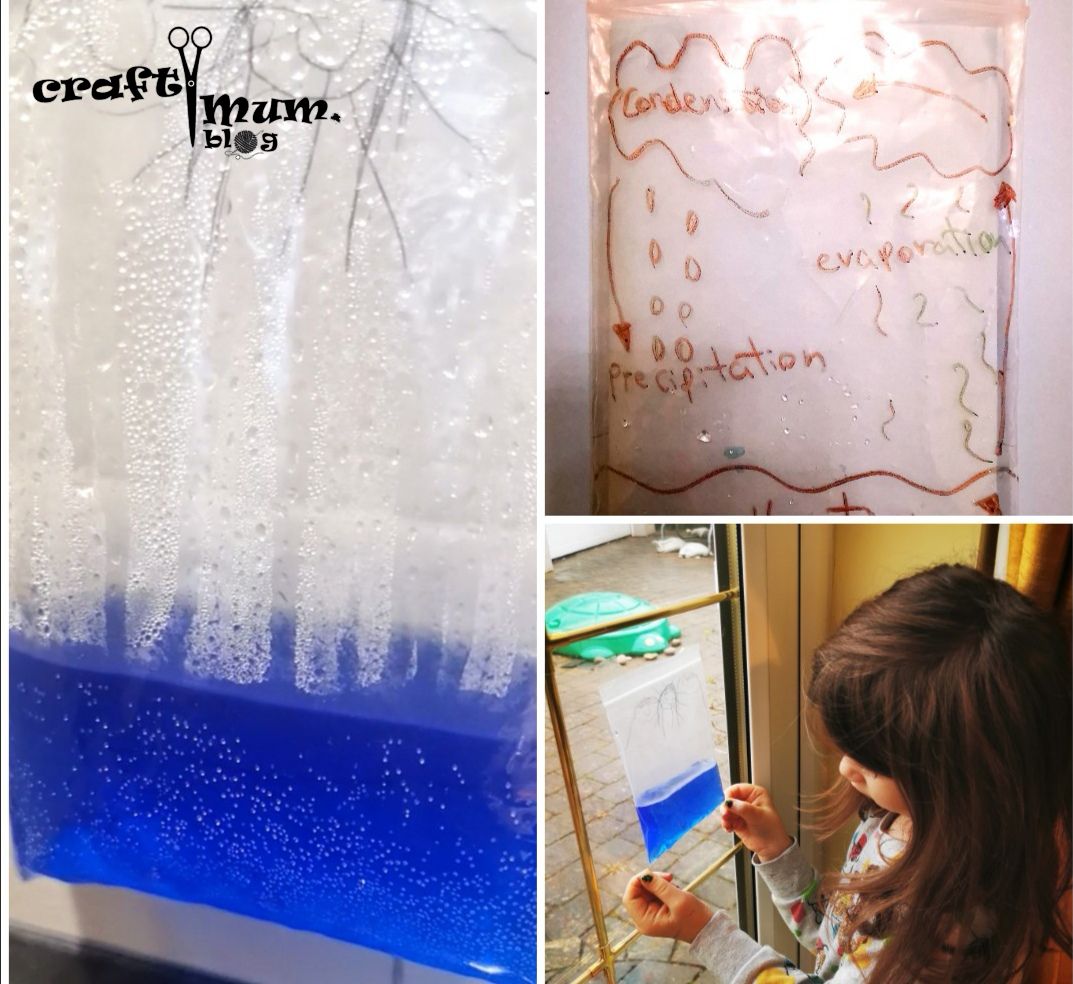
Another activity from Sophie’s homework. Easy way to learn the cycle of water and its stages by putting some water in a sealed bag close to a source of heat (sun/radiator). Learn about evaporation, condensation and precipitation using this small microclimate.
-
Lighting a bulb with static electricity
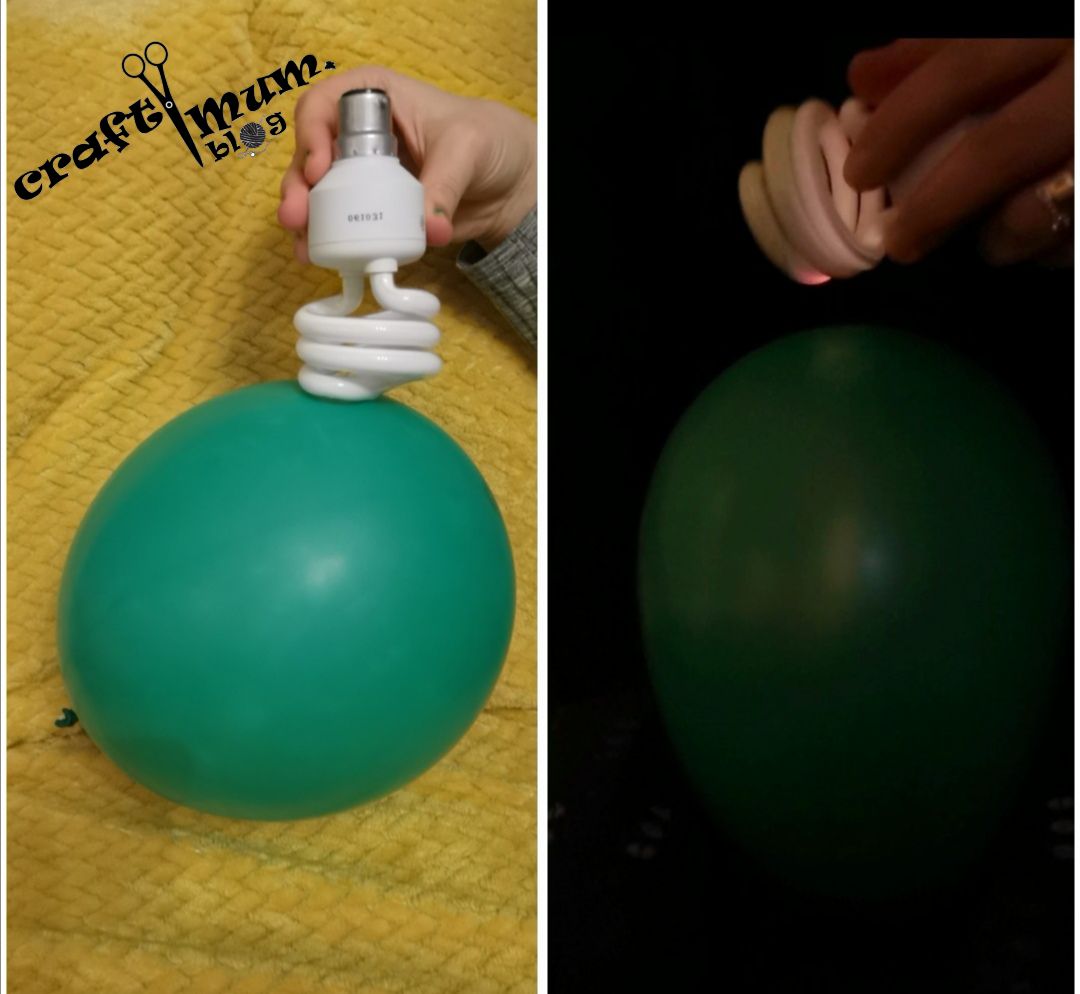
Static electricity can provide enough power to light up a fluorescent light bulb for a short time. All you need for this is a balloon, a woolly scarf and a fluorescent light bulb. Go to a dark room, rub the scarf against the balloon, hold the light bulb from the bottom and bring it close…
-
Guess the fabric – tactile challenge
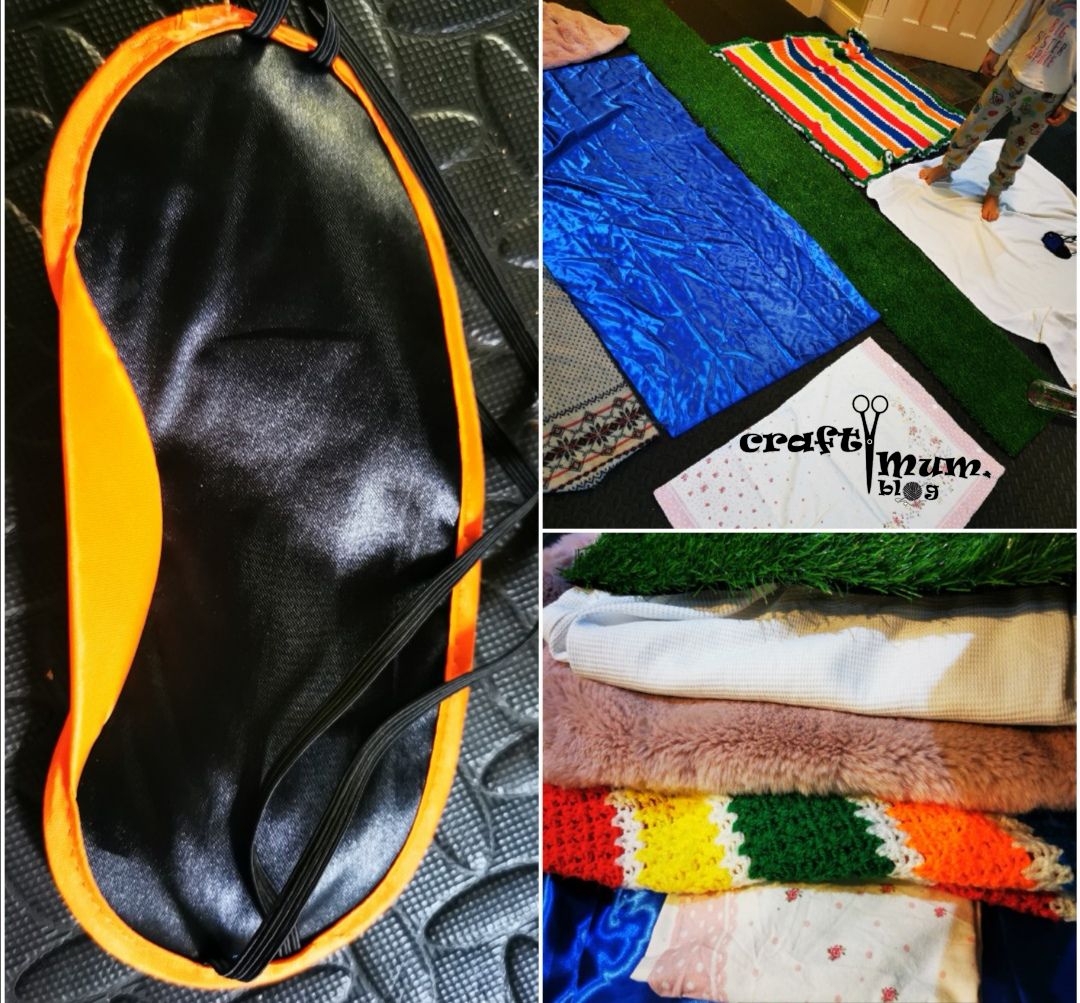
Teach your child the names of fabrics, what they are made of and how they feel than cover their eyes and ask them to guess their names by walking or touching them.
-
Friction experiment

Teach your little ones about friction and different surfaces with a toy car, an improvised ramp and different covers for the ramp. We choose a selection of fabrics and learnt their names. Ask the child to order them by which surface will let the car to go faster then time the car sliding down on…
